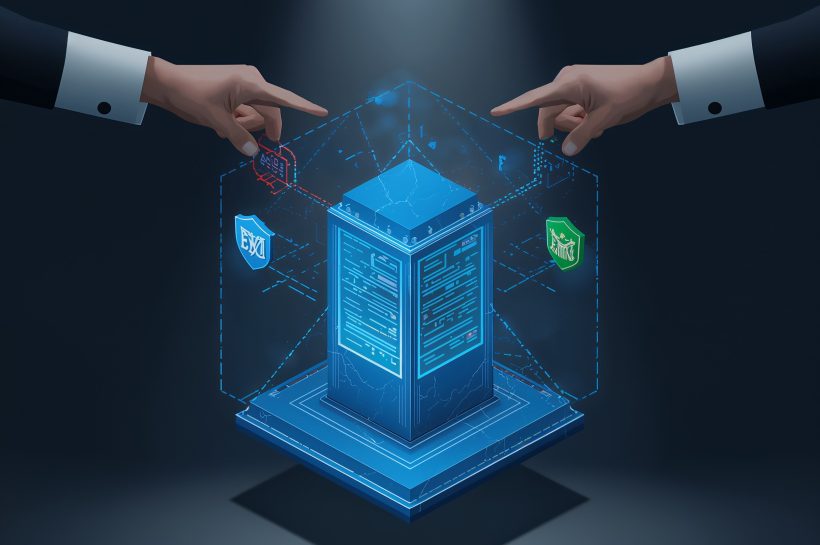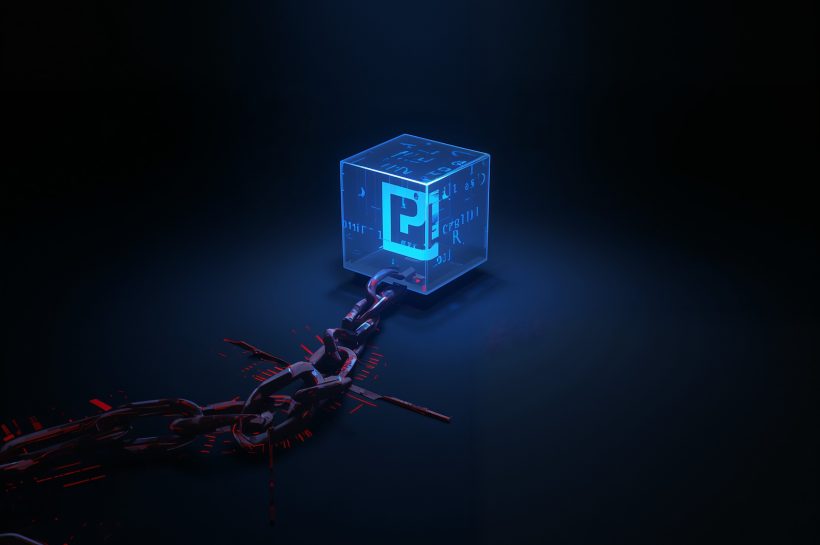
Edge Security Upgrade: Faster Scareware and Pop-Up Blocking
Edge’s scareware sensor uses on-device AI and SmartScreen integration to shut down tech support scams fast. It exits full-screen traps, warns users, and gives admins policy control.

Edge’s scareware sensor uses on-device AI and SmartScreen integration to shut down tech support scams fast. It exits full-screen traps, warns users, and gives admins policy control.

Abandoned apps, APIs, and identities keep resurfacing. Hunt them continuously, retire them completely, and verify they stay dead—before attackers exploit them.

Garden, a fast BTC bridge, was drained for roughly $11 million days after AML concerns surfaced about flows tied to prior thefts. Consequently, exchanges, market makers, and bridge integrators should validate exposure, add watchlists for tainted flows, and harden solver, deployer, and validator controls before operations resume.

CISA and NSA published a focused plan to harden Microsoft Exchange. Enforce modern authentication, cut exposure, enable Extended Protection, and lock down TLS to stop real-world attacks.

Attackers hide malware behind invisible npm dependencies and install-time scripts, which bypass static scanners and drain tokens. Close install-time egress, ban URL dependencies, and add dynamic checks.

A state-aligned intrusion at a major telecom networking provider underscores the risk of supplier compromise. Because the dwell time likely spanned months, defenders should validate identity access, check for lateral movement, and review customer-adjacent data paths. This analysis prioritizes triage, practical detections, and hardening actions.

AI-targeted cloaking feeds AI agents a different web than humans see. Learn the risks, detection tactics, and governance steps to keep answers trustworthy.

Docker Compose CVE-2025-62725 enables path traversal that can overwrite host files from malicious compose artifacts. Update to v2.40.2, restrict sources, and audit caches.

Agentic AI expands your attack surface because agents read and act on untrusted content. Consequently, indirect prompt injection can hijack tool use, leak data, and trigger risky actions. This guide explains how the attack works, how to detect it, and how to deploy guardrails that actually help at enterprise scale.

TEE.Fail uses a DDR5 interposer to undermine enclave confidentiality on Intel TDX and AMD SEV-SNP. Because memory encryption lacks strong integrity here, defenders should rethink secrets, strengthen attestation, and tighten physical controls.